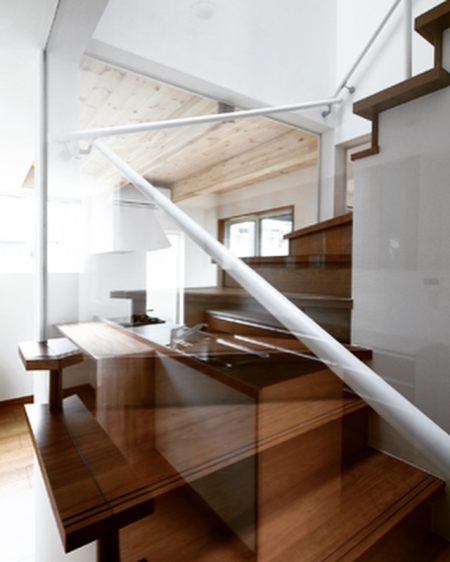何でも良く無い
よーく観察してみることにする、身の回りにあるものを。視界には入っているはずだが、意識して見たことが無かったものや、そのものがつくり出す何かがあるかもしれない。
そこにあっても、意識して見てないと、見えないのと一緒だ。そこで何か日々日常的に起こっていても、意識してわかっていないと、わかっていないのと一緒だ。
特別な何かを探しに出掛けなくても、非日常を味わいに行かなくても、目の前にある普通で日常的な風景の中に、まだ気づいていない大切なものや、それがつくり出す大切な何かがあるかもしれない。
それは他の人には気がつかない、その人特有の感覚でしか見つけることができないから。
建築はその感覚を研ぎ澄ます役目をする。ある特定の感覚に合わせる場合もあるし、そのレンジを広げて、たくさんの人の感覚に合わせる場合もあるだろう。それが、プライベートな空間とパブリックな空間の建築デザイン上の違いになる。
そう建築は、どこまでも、単なる容れ物では無くて、何か影響を与え続けるものである。だから、何でも良いということは無い。
"Nothing is good"
Things that are around you that you will be observing. There should be something in the field of sight that you have never consciously seen, or something that you create.
Even if you are there, you can't see it unless you look at it consciously. So, even if something happens every day, if it is not consciously understood, it is the same as not knowing.
Even if you don't go out to find something special, you don't have to go out to taste the extraordinary, you can create important things that you haven't noticed in the ordinary and everyday scenery in front of you. There may be something.
It isn't noticeable to other people, because it can only be found with a particular sense.
Architecture serves to sharpen that sense. It may be tailored to a specific sense, or it may be expanded to match the feelings of many people. That is the architectural design difference between private and public spaces.
So architecture is not just a container, but something that continues to influence. So there is nothing that can be done.

